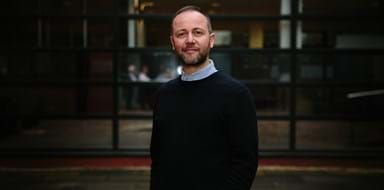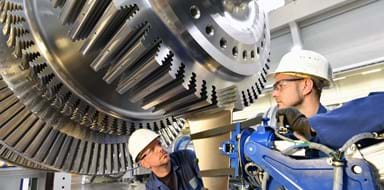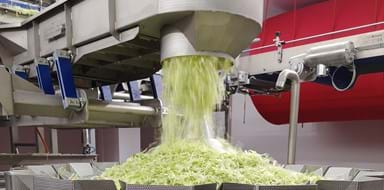
A puppet–maker, backed by Made Smarter, used groundbreaking 3D printing techniques to create the star of the Oscar-winning film Pinocchio.
Mackinnon & Saunders, based in Altrincham, collaborated with Hollywood director Guillermo del Toro to manufacture the miniature stars of the hit Netflix stop-motion animation.
Funding support and impartial expert advice from Made Smarter enabled the puppet-makers to test and trial brand new 3D printing techniques.
The outcome was a world first - a puppet made using 3D-printed stainless steel.
The innovation played a part in the film winning a BAFTA, Golden Globe, and an Oscar, cementing Mackinnon & Saunders’ position at the top of their game.
Case Study - Mackinnon & SaundersMackinnon & Saunders is already hard at work developing its next set of puppets for TV and film, and 3D printing is supporting their creativity.
Founded by puppeteers Peter Saunders and Ian Mackinnon 30 years ago, Mackinnon & Saunders have brought to life some of children’s most beloved TV characters including Bob the Builder, Postman Pat and the new Clangers.
The company has built a global reputation through collaboration with Hollywood directors Tim Burton on Mars Attacks!, Frankenweenie and Corpse Bride; and Wes Anderson on Fantastic Mr. Fox.
Its team of sculptors, costume makers, mould makers, metal workers and painters have found success blending traditional skills with new technology and processes. This includes 3D printing.
Peter explained: “We’ve been researching 3D printing metal for over a decade, but at the time it was very expensive and the quality wasn’t as good as we required. While the models we make are little, between 20 and 40cm high, they are designed to be seen in cinemas on screens 20 metres high and 40 metres across, so that quality is paramount.”
Mackinnon & Saunders began discussing the Pinocchio project 15 years ago, and did some initial research into 3D metal printing in 2013. But the film only got the green light to move into production in late 2018.
By this time a new generation of companies and metal printing techniques had developed sufficiently to a point where they could be tested. But the cost of accessing such advanced manufacturing was still a barrier.
Peter explained: “We have developed a lot of knowledge about 3D printing over the years. All that sum of knowledge gathered up was put into Pinocchio.
“Made Smarter arrived at the perfect time. We were able to access funding and advice to trial the latest development in the metal printing machines.
Mackinnon & Saunders began working with Laser Prototype Europe (LPE), a rapid prototyping service bureau based in Belfast.
Peter said: “Our collaborators LPE really understood what we were striving for and pushed their machines to the absolute maximum to achieve fine metal printing work to retain the details, while ensuring the parts fit together to create a moving puppet.
“The animators who used Pinocchio were delighted with the outcome because it was a very delicate puppet, but it was also virtually indestructible.”
Mackinnon & Saunders is riding the wave of success having played a key part in the success of Pinocchio.
Peter said: “We are thrilled to have played a part in creating such a successful film which has been watched and loved by so many. It means the world to our team to have worked on an Oscar-winning film and given us great confidence to focus on the next big potential Oscar-winning productions.”
But for Peter, none of it would have been possible without Made Smarter.
“This has never been about profits,” he said. “This has been about staying in the game and retaining your place in a highly competitive industry where innovation makes you a specialist in your field.
“We’ve built a team of over 100 very creative, innovative, and brilliant people. We have improved what we offer clients and kept us on the map.
“Without the support of Made Smarter we would never have done it, and the performances the animators were able to get out of Pinocchio wouldn't have been as good. Made Smarter has really helped us keep ahead of the game.”
Mackinnon & Saunders is already hard at work developing its next set of puppets for TV and film, and 3D printing is supporting their creativity.
“Over the years there has been expression of concern from our team that their skills could be replaced with technology,” Peter said. “But careful implementation has shown that we aren’t taking anything away, but adding something to help us be more productive, more innovative, more agile and quick to experiment.
“Adopting technology has created a change in culture. It’s not something to be frightened of but a new tool in the box. We are 3D-printing crazy here now. We've got four plastic printing machines which are used constantly. It's just a game changer in so many ways.”








